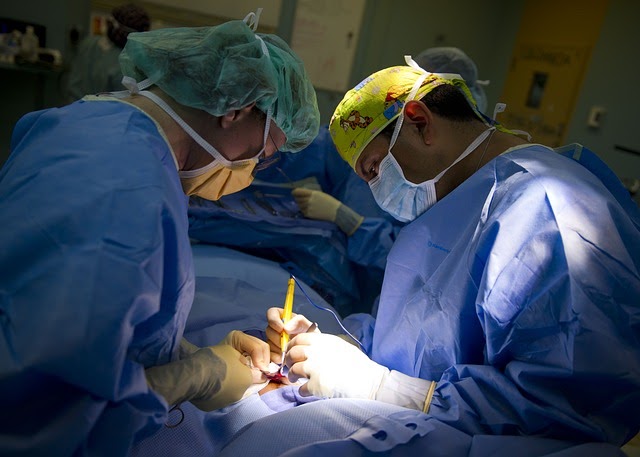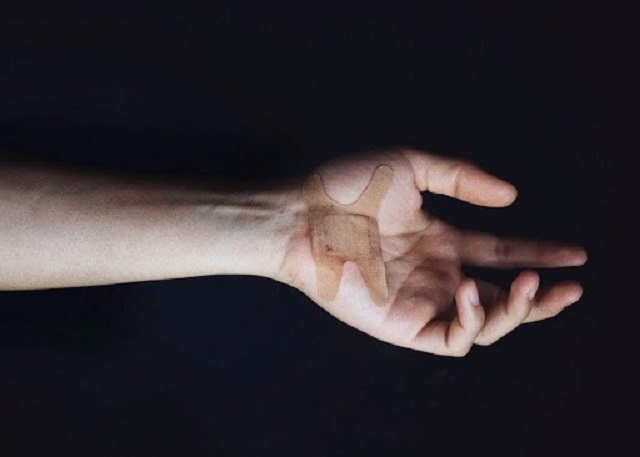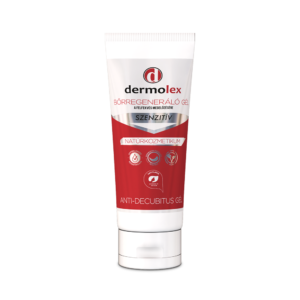Wounds come in all shapes and sizes. If there is a wound on you it’s important to know what exactly it is and what you need to do with it. Wounds can be classified based on a few different aspects.
One aspect is surgery. If surgery caused the wound, we are talking about surgical wounds. If surgery was not the cause, we are talking about non-surgical wounds.
We can classify wounds based on whether the cause was external (e.g. a knife cut) or internal (e.g. diabetes)
Lastly, we can classify based on the openness of the wound. If there is exposed body tissue in the wound, we are talking about an open wound. If there is no exposed element, we are talking about a closed wound.
Surgical wound classification
The CDC (Centers for Disease Control and Prevention) establishes 4 different types of surgical wounds, based on their cleanliness and condition.

- Class 1 – Clean: As the name suggests, these are very clean wounds. They are not infected, inflamed and usually, they are closed wounds. Furthermore, wounds in this class cannot involve the respiratory system, gastrointestinal tract, or genitourinary tract. An example of this is a cut, that is the result of a biopsy.
- Class 2 – Clean contaminated: These wounds are still clean, without any sign of infection and inflammation. However, these involve the above-mentioned body parts, which increase the likelihood of an infection. An example of an operation resulting in class 2 surgical wound is a tonsillectomy, which is the removal of tonsils.
- Class 3 – Contaminated: Wounds classified as contaminated can be the result of an injury, operations with major breaks in sterile technique, or spillage from the gastrointestinal tract.
- Class 4 – Dirty contaminated: These wounds came in contact with feces or pus during the surgery. Also, traumatic wounds that were not properly cared for belong in this category.
Wound classification: open and closed wounds
Open wounds
Most of the open wounds are caused by an external object. One type here is the surgical wounds. We already mentioned these previously. The other wounds classified as open are usually the result of an accident. Some of the most common non-surgical open wounds, sorted by cause:
- Burns (thermal, chemical, electrical)
- Puncture wounds (e.g. caused by a needle)
- Penetration wounds (e.g. caused by a knife, or bullet)
- Abrasion (usually caused by falling)
- Lacerations
Closed wounds
- Contusions: This type of wound is usually caused by a blunt force trauma, for example, a sports injury. Vessels, muscles, bones, and organs could be damaged under the wound. On the skin, they appear as discolored areas, usually ranging from red to blue.
- Hematomas: Wounds classified as hematomas are filled with blood. They vary in size and location. They can be right under the skin or deeper in the body.
- Crush injuries: The cause of this injury is outside high pressure applied to the body. Depending on the power and the duration of this pressure, the impact could range from a small bruise to a complete disfigurement of the body part.
- Blisters:These are fluid-filled pockets located in the upper layer of the skin. Usually, they are filled with clear fluid (serum or plasma), but they can be filled with blood or pus too.
Ulcers
Cells require blood and oxygen for them to function properly. If the supply of either one is disrupted, the cells become vulnerable to injuries. In the case of skin cells, this means that if they are damaged ulcers can develop. The most common ulcer types are:
- Pressure ulcers: Pressure ulcers are really common amongst bedridden people. These are usually people that have to spend a lot of time in bed after surgery or elderly people.
Spending a lot of time in bed means that constant pressure is applied to certain body parts (e.g. elbow, heel). Due to this pressure, the blood flow decreases in these parts and the skin becomes vulnerable.
Although sadly pressure ulcers are really common, the good news is that with proper care they can be prevented in most cases.
The most important part of prevention is frequently changing the patient’s position. Another key factor is proper skincare. Our skin regenerating gel, dermolex takes care of this process. The herbal ingredients (Aloe vera, Echinacea purpurea, and several others) of dermolex gel provide excellent and effective help in the skincare of permanently bedridden patients, independent of age. Its carefully selected ingredients refresh and regenerate the skin exposed to long-term pressure. The gel formulation is rapidly absorbed and will not stain the clothes or the bed linen as it does not contain any colourings or fragrances.
You can order dermolex gel here.
- Diabetic foot ulcer: These types of ulcers are caused by diabetes. Due to the diabetes nerve and vessel complications arise. As a result of these, there can be a complete loss of feeling in the foot. This way bruises on the foot can go unnoticed, which leads to the development of the ulcer.
- Genital ulcer
- Ulcerative dermatitis
- Peptic ulcer
Wound infection
Once wound classification happens the next important step is the continuous monitoring and care of the wound. There are wounds that require immediate medical attention (for example a gunshot) and there are some that will heal over time.
Most wounds become dangerous if they get infected. The most common signs of wound infections are:
- Increased pain in the wound area
- Fever
- Redness and/or the warmth of the wound area
- Pus drainage from the wound
- Foul odor from the wound
If you experience any of these symptoms contact your nurse or doctor!
Summary
Wound classification is important so that you are able to decide what to do with the wound. Some wounds require immediate medical attention, others will heal over time, but it never hurts to consult your doctor. In case you encounter the symptoms of wound infection be sure to consult a medical professional.


